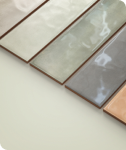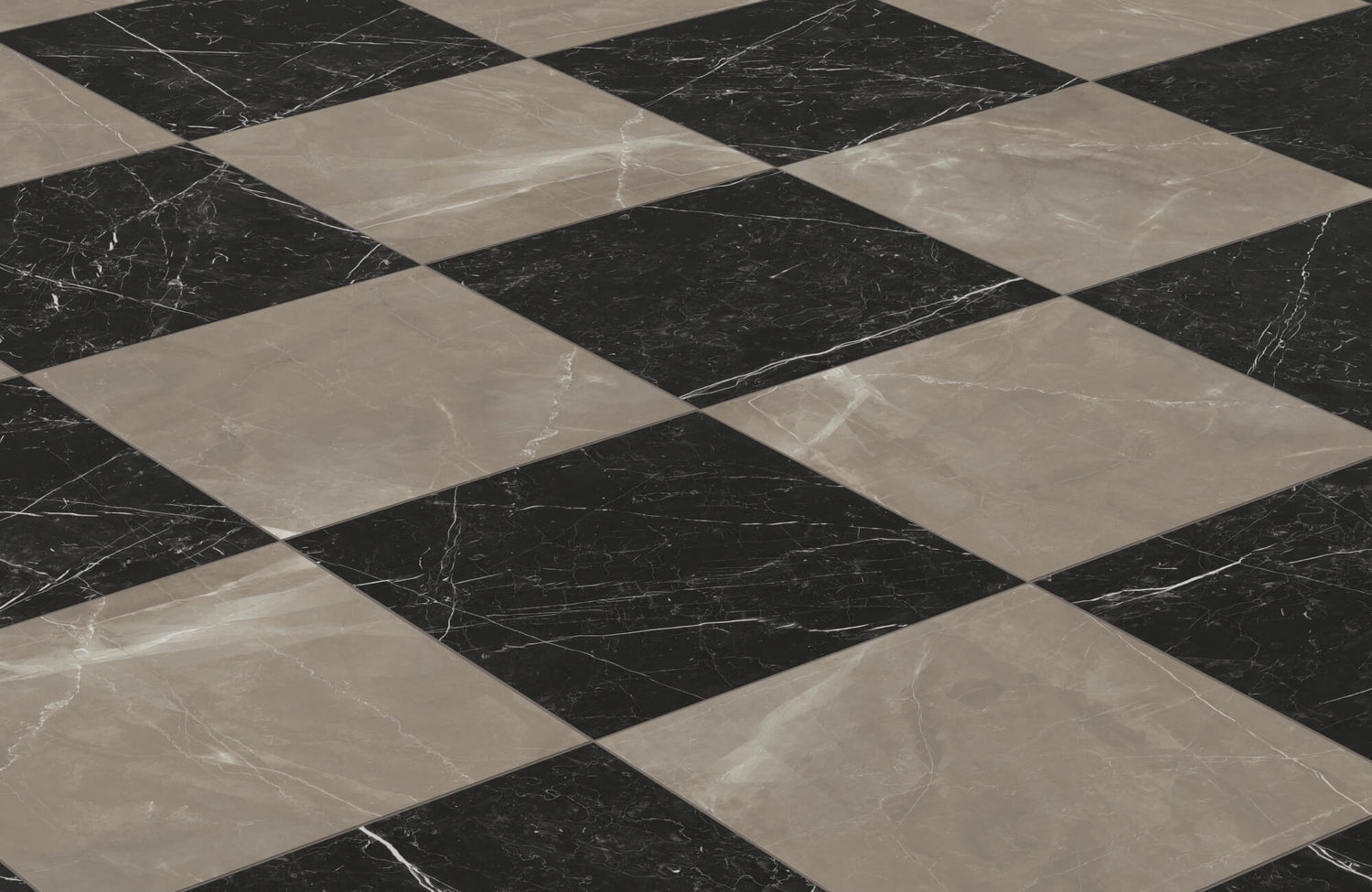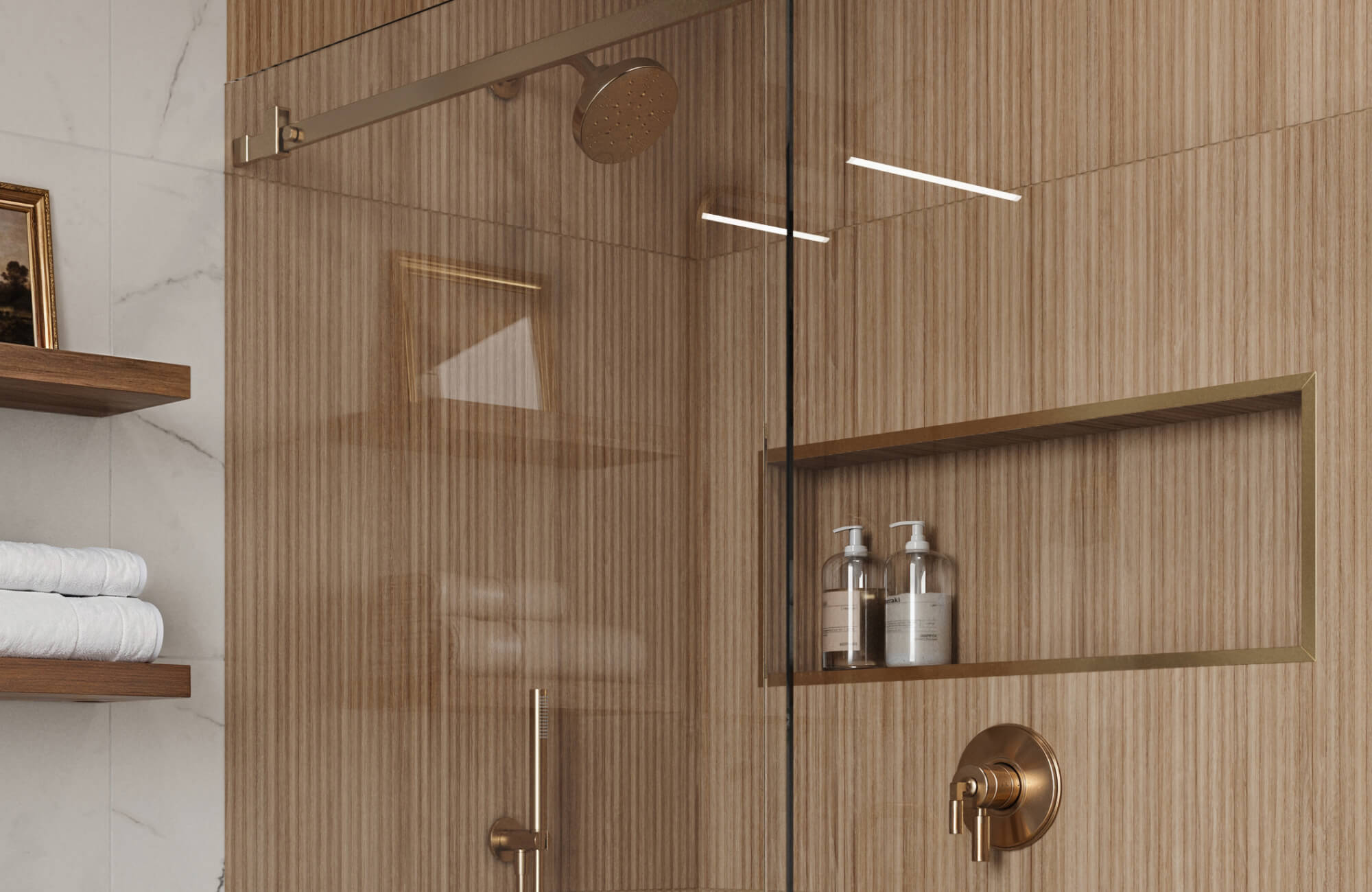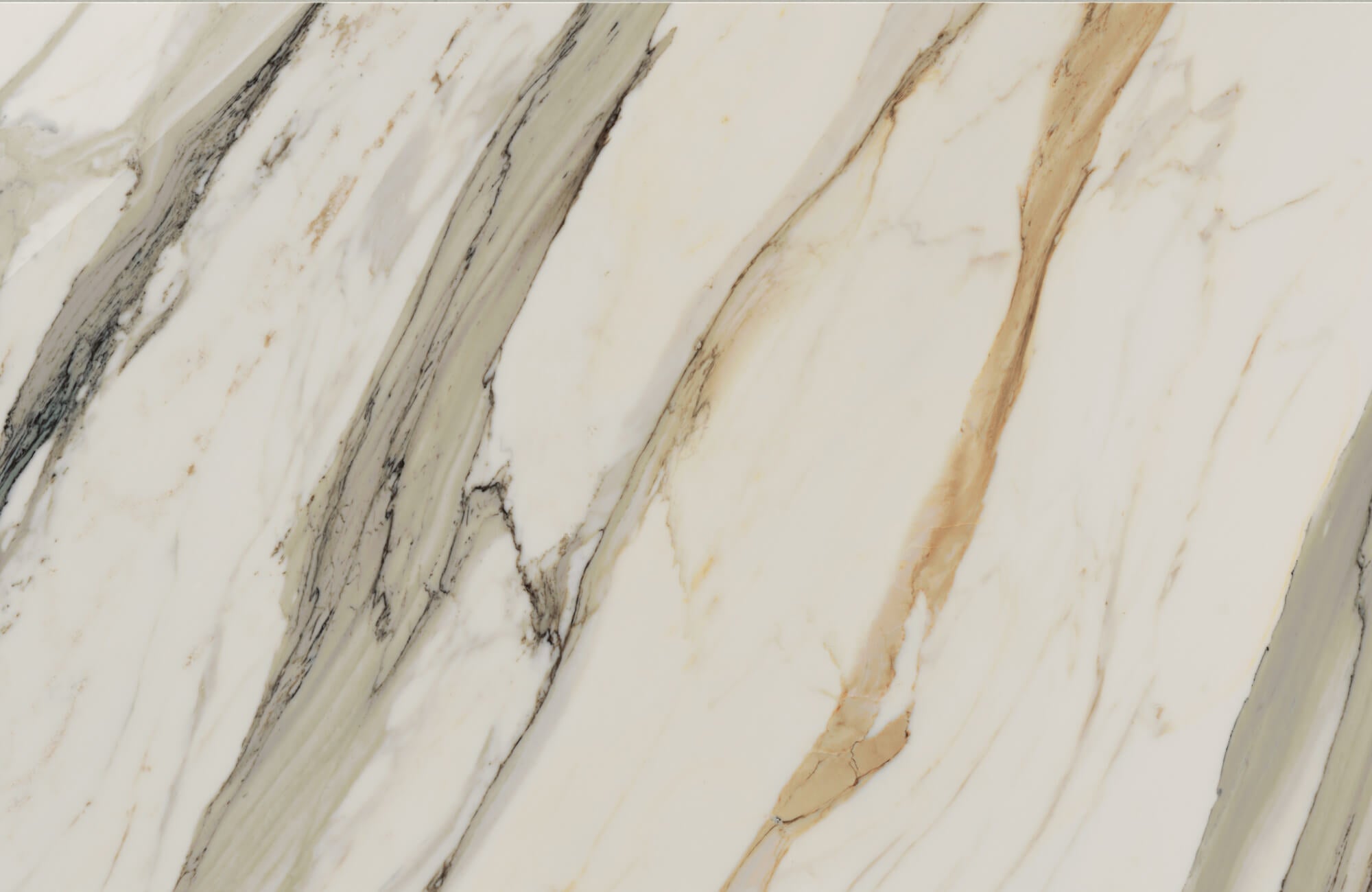Porcelain tiles, renowned for their exceptional durability and refined elegance, have long been a favorite for enhancing both residential and commercial spaces. When laid in the timeless checkerboard pattern, these tiles transform interiors into visually captivating masterpieces, elevating the essence of interior design. Beyond their undeniable aesthetic charm, porcelain checkerboard tiles also offer a critical and often overlooked benefit: fire resistance.
Understanding why porcelain tiles, especially in checkerboard configurations, excel in both style and safety requires a closer look at their composition, unique qualities, and expert installation methods. Let’s uncover the features that make these tiles superior for creating resilient and secure spaces!

The Craftsmanship Behind Porcelain Checkerboard Tiles
Porcelain checkerboard tiles are made from a carefully formulated blend of natural clays, such as kaolin and ball clay, combined with minerals like feldspar and quartz. These materials are subjected to firing at temperatures over 1,200 degrees Celsius, producing a dense, durable tile with minimal water absorption and excellent resistance to cracking or chipping. This meticulous crafting process makes them an ideal choice for spaces requiring longevity, even in moisture-prone environments like bathrooms and even outdoor areas exposed to rain or humidity.
Many options, such as the Chantel 24x24 Polished Porcelain Tile in Imperial, as displayed in the photo above, also include a glaze—a mixture of finely ground minerals and glass fused onto the surface during firing. This glaze enhances color and sheen while providing a protective layer that resists wear, scratches, and stains, ensuring the surface remains smooth and easy to clean. These qualities make glazed porcelain checkerboard tiles a practical and stylish choice for both busy areas and decorative applications.
Due to their strength and low porosity, these tiles also have the ability to endure extreme temperatures. For instance, they can withstand freezing temperatures in colder climates without losing integrity, making them reliable across seasonal changes. Similarly, their resilience extends to high-temperature environments, where they exhibit exceptional fire-resistant properties. Because they are fired at extremely high temperatures during production, porcelain checkerboard tiles are inherently non-combustible. This means they will not ignite, emit toxic fumes, or contribute to the spread of fire. These features are important considerations for settings where fire safety is a key concern, which we’ll go over below.

Applications in Heat-Prone Areas
In kitchens, porcelain checkerboard tiles provide reliable heat resistance near stoves and ovens. Their dense structure minimizes heat transfer, making them an excellent choice for cooking areas. Similarly, fireplace surrounds benefit from these tiles’ ability to endure intense heat, protecting adjacent surfaces such as mantels and walls while preserving a timeless aesthetic.
Outdoor grill areas, entryways with heating systems, and utility spaces, such as laundry rooms or mudrooms, also gain from their resilience to temperature fluctuations and high heat, offering a practical and enduring solution.

Enhancing Fire Safety with Complementary Design Choices
Although fire-resistant porcelain checkerboard tiles serve as a solid foundation for enhancing fire safety, thoughtful design decisions can take it further. For example, incorporating fire-rated trims made from materials like metal or stone around tile edges can help prevent flames from spreading to other surfaces. In addition, using non-combustible features such as metal backsplashes or stone countertops near heat sources creates safer zones and minimizes fire risks.
Larger tiles can also be particularly effective in the heat-prone areas mentioned above, as fewer grout lines create a smoother, more heat-resistant surface. Complementing this with fire-safe storage and ensuring heat-sensitive items are kept away from tiled areas contributes to a more cohesive, safety-conscious design.

Stylish and Safe Porcelain Checkerboard Tile Options
As we've explored, porcelain checkerboard tiles offer not only exceptional fire-resistant properties but also remarkable versatility in design and application. Whether enhancing the clean minimalism of modern spaces, the charm of traditional settings, or the bold aesthetics of industrial and mid-century designs, these tiles seamlessly balance safety and style.
Modern Minimalist Interiors
Porcelain checkerboard tiles bring fire-resistant functionality to modern interiors while complementing their minimalist style. Their polished finish also enhances the open, clean lines typical of modern spaces, reflecting light to create a bright and airy feel. Neutral tones like grey and white, like the Leona 12x12 Checkerboard Matte Porcelain Tile in Calacatta and Amani Grey (shown in the photo above), blend seamlessly into these designs, adding subtle structure while maintaining their sleek, uncluttered aesthetic.
Traditional Interiors
In traditional interiors, porcelain checkerboard tiles can harmonize beautifully with intricate woodwork and vintage furnishings. The classic black-and-white checkerboard pattern evokes timeless elegance, while softer combinations, such as cream and light taupe or muted gray and ivory, create a more understated charm. These palettes enhance the warmth and sophistication of richly detailed spaces, adding balance without overwhelming the design.
Larger tile formats, such as 24x24 inches, also reduce grout lines, ensuring a seamless and cohesive look that complements the classic aesthetic. In a formal dining room, for example, black-and-white checkerboard tiles can anchor the space, drawing attention to features like dark mahogany furniture and an ornate chandelier. Alternatively, cream and taupe checkerboard tiles can provide a soft foundation, allowing floral wallpaper or antique china displays to take center stage while preserving the room’s inviting and timeless appeal.
Industrial Interiors
Porcelain checkerboard tiles elevate industrial interiors by blending fire-resistant durability with bold style. Their structured design creates a striking contrast against raw materials like exposed brick and steel, adding refinement to the rugged aesthetic, while their durable surface ensures reliability while contributing a polished edge to the overall industrial design.
In a loft-style kitchen, for example, black-and-gray checkerboard tiles can create a dramatic yet balanced interplay with exposed ductwork, steel cabinetry, and concrete countertops. Alternatively, a white-and-charcoal palette can provide a striking yet understated foundation for industrial pendant lighting and reclaimed wood accents.
Mid-Century Modern Interiors
Fire-resistant porcelain checkerboard tiles enhance mid-century modern interiors by providing safety around freestanding fireplaces or radiant heating. The checkerboard design integrates seamlessly with the era’s clean lines and geometric focus, complementing natural materials like wood and stone. Soft, muted tones such as warm taupe, sage green, dusty rose, and pale gray also bring warmth and cohesion to these retro-inspired spaces.
For instance, in a mid-century living room, taupe and pale gray checkerboard tiles create a neutral yet visually engaging floor, subtly connecting iconic furniture pieces like a teak credenza or an Eames lounge chair. These tones maintain a nostalgic yet harmonious ambiance, emphasizing both safety and style while staying true to mid-century aesthetics.
To simplify the planning process, Edward Martin’s augmented reality (AR) tool provides a helpful way to visualize these design choices. By experimenting with fire-resistant tiles, trims, and complementary materials in a virtual setting, you can explore how these elements work together in high-risk areas. This approach allows you to balance safety and style seamlessly, resulting in a unified and secure environment tailored to your vision.
Comparison with Other Fire-Resistant Tile Options
When considering checkerboard tiles with fire safety in mind, comparing porcelain with alternatives like ceramic, natural stone, and terracotta can provide valuable insights since each material has distinct characteristics that influence its suitability based on the intended application.
Ceramic checkerboard tiles, while similar in composition to porcelain, are generally less dense. This lower density slightly reduces their fire resistance, making porcelain a stronger candidate for environments exposed to high temperatures due to its added heat tolerance. Natural stone is another strong contender, valued for its excellent fire resistance and distinctive aesthetic appeal. However, it often demands more maintenance than porcelain or ceramic and tends to be costlier, which may limit its practicality for certain uses. On the other hand, terracotta offers a warm, inviting appearance but is more porous, making it less fire-resistant. Its vulnerability to temperature fluctuations further diminishes its suitability for areas exposed to high heat, unlike the more durable porcelain.
Balancing fire resistance, durability, and maintenance, porcelain emerges as a practical and dependable choice for a range of applications. Its dense, non-porous structure provides excellent heat tolerance, while its straightforward upkeep and reasonable cost make it suitable for various settings. Compared to other materials, porcelain offers a combination of performance and versatility that aligns well with both safety requirements and design goals, making it a well-rounded option for many spaces.
Final Thoughts
Porcelain checkerboard tiles offer an exceptional combination of fire resistance, style, and durability, making them a smart choice for both residential and commercial interiors. Their dense composition and high-temperature firing process provide reliable protection against heat, ensuring safety in spaces where fire or high temperatures are a concern. Beyond their practicality, these tiles enhance interiors with their timeless design, making them a versatile and visually appealing option for a variety of settings.
To assist in the selection process, Edward Martin offers 4" x 4" samples, enabling you to explore the true color, texture, and finish of their tiles before making a decision. These samples help ensure your chosen tiles not only enhance your interior's aesthetic but also provide the fire-resistant durability needed for long-lasting safety.








